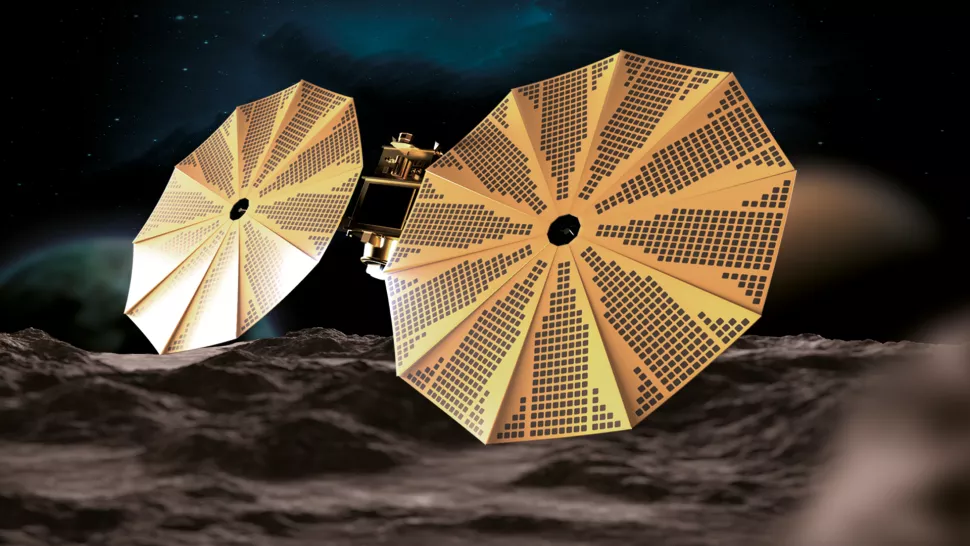The United Arab Emirates (UAE) has announced details of its second interplanetary mission, which is scheduled for implementation at the end of this decade. Its target will be asteroids.

In 2021, the UAE announced its intention to launch a mission designed to study the Main Asteroid Belt. It was named the EMA (Emirates Mission to the Asteroid Belt), and the spacecraft — the MBR Explorer. The Mohammed bin Rashid Space Center is engaged in the project with the support of the Laboratory of Atmospheric and Space Physics of the University of Colorado. Previously, they were engaged in the creation of the Al-Amal probe engaged in the study of Mars.
In total, MBR Explorer will visit seven small bodies. Six will be studied from the flight path, the seventh from orbit, after which the Arab vehicle will land on it.
Recently, the UAE authorities named the asteroids selected for the mission. This is (10254) Westerwald, (13294) Rockox, (88055) 2000 VA28, (23871) 1998 RC76, (59980) 1999 SG6, (623) Chimaera and (269) Justitia. They represent different types of asteroids with different chemical compositions of the surface, which will maximize the scientific impact of the mission.
The largest targets of the MBR Explorer will be the asteroids Chimaera and Justitia, their diameter is about 50 km. They are characterized by a red surface color. It is believed that Justice may have originally formed outside the orbit of Neptune and only later got into the current orbit. The sizes of the remaining asteroids range from 2 to 9 km.
At the moment, the launch of MBR Explorer is scheduled for 2028. The Arab spacecraft will perform several gravitational maneuvers near Venus, Earth and Mars, after which it will proceed to asteroid flights. In April 2034, MBR Explorer will enter orbit around the asteroid Justitia. The landing is scheduled for November 2034.
According to https://www.space.com
Follow us on Twitter to get the most interesting space news in time
https://twitter.com/ust_magazine
